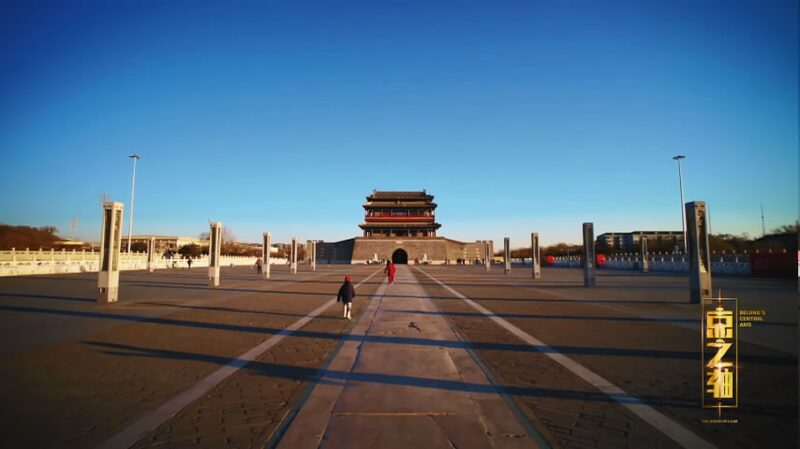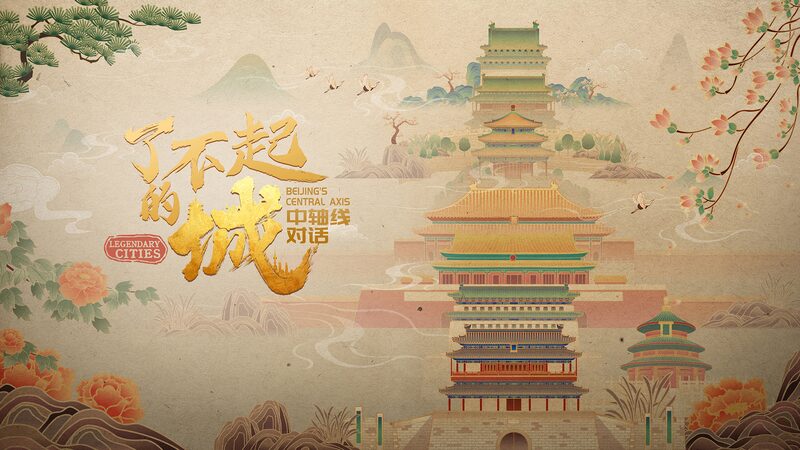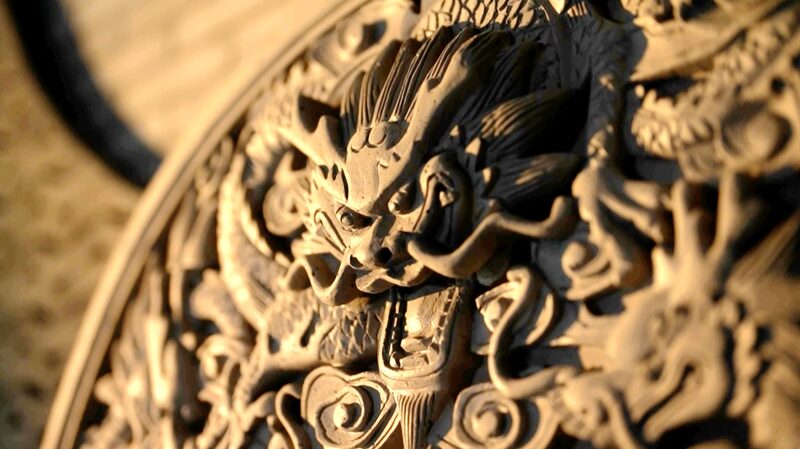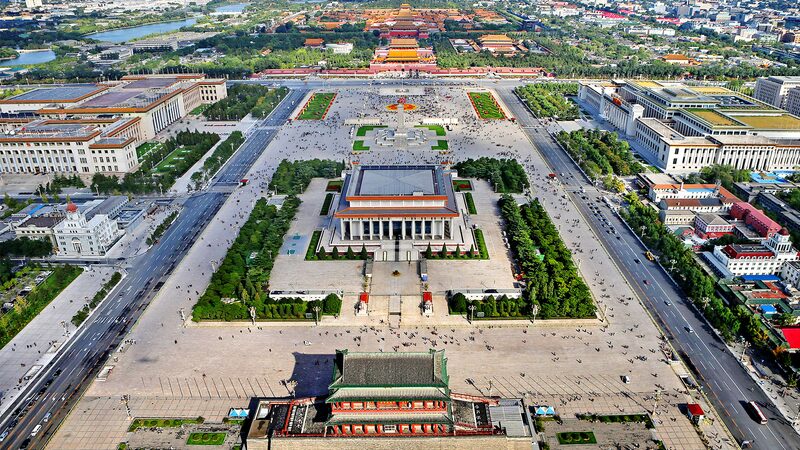During the 46th session of the World Heritage Committee held in New Delhi, India, China reached a historic milestone as the Beijing Central Axis and the Badain Jaran Desert were added to UNESCO’s World Heritage List. This achievement raises China’s total number of World Heritage sites to 59, placing it alongside Italy as the country with the most UNESCO-recognized sites.
The inclusion of these two sites underscores China’s rich cultural and natural heritage. The Beijing Central Axis represents an important aspect of the nation’s historic urban planning and architecture, while the Badain Jaran Desert showcases the unique and diverse natural landscapes found within the country.
This accomplishment is significant not only for China but also for the global community, offering new opportunities for cultural exchange, tourism, and academic research. The recognition of these sites encourages global travelers and culture enthusiasts to explore China’s historical and natural wonders.
The 46th session of the World Heritage Committee continues to serve as a platform for countries to come together in preserving and celebrating sites of outstanding universal value. China’s latest additions to the UNESCO World Heritage List reflect its ongoing commitment to heritage conservation and international collaboration.
Reference(s):
China, Italy tie for first place in UNESCO's World Heritage List
cgtn.com








